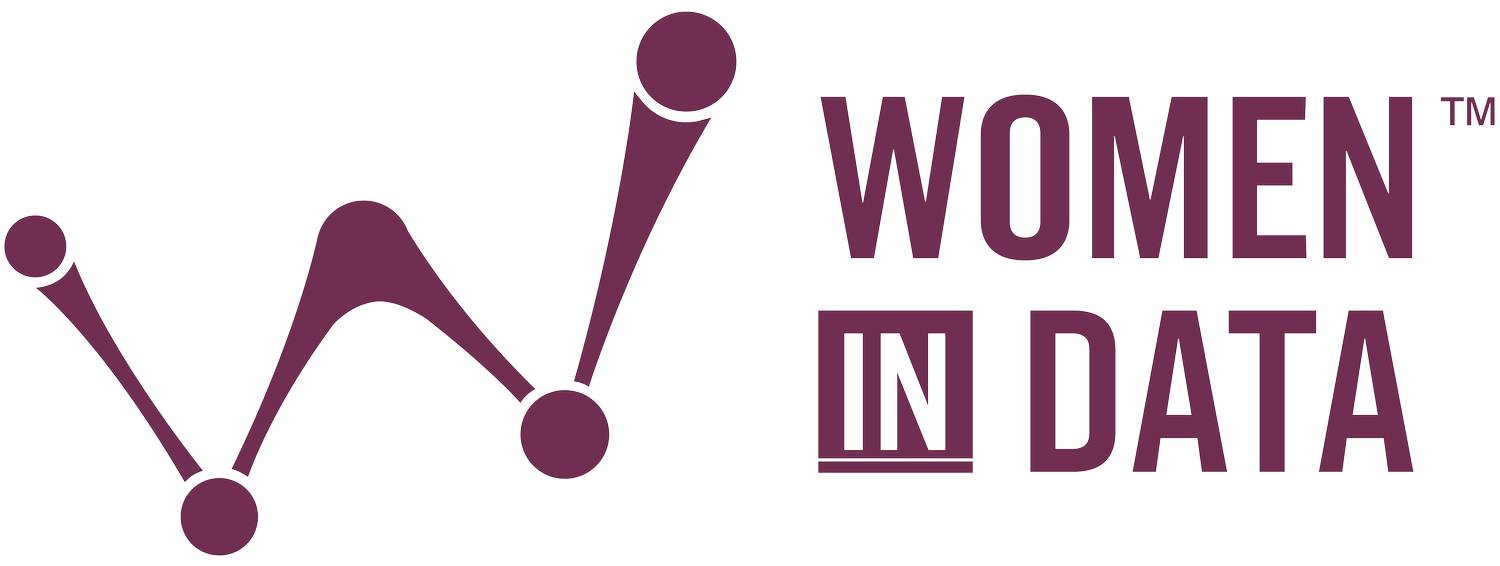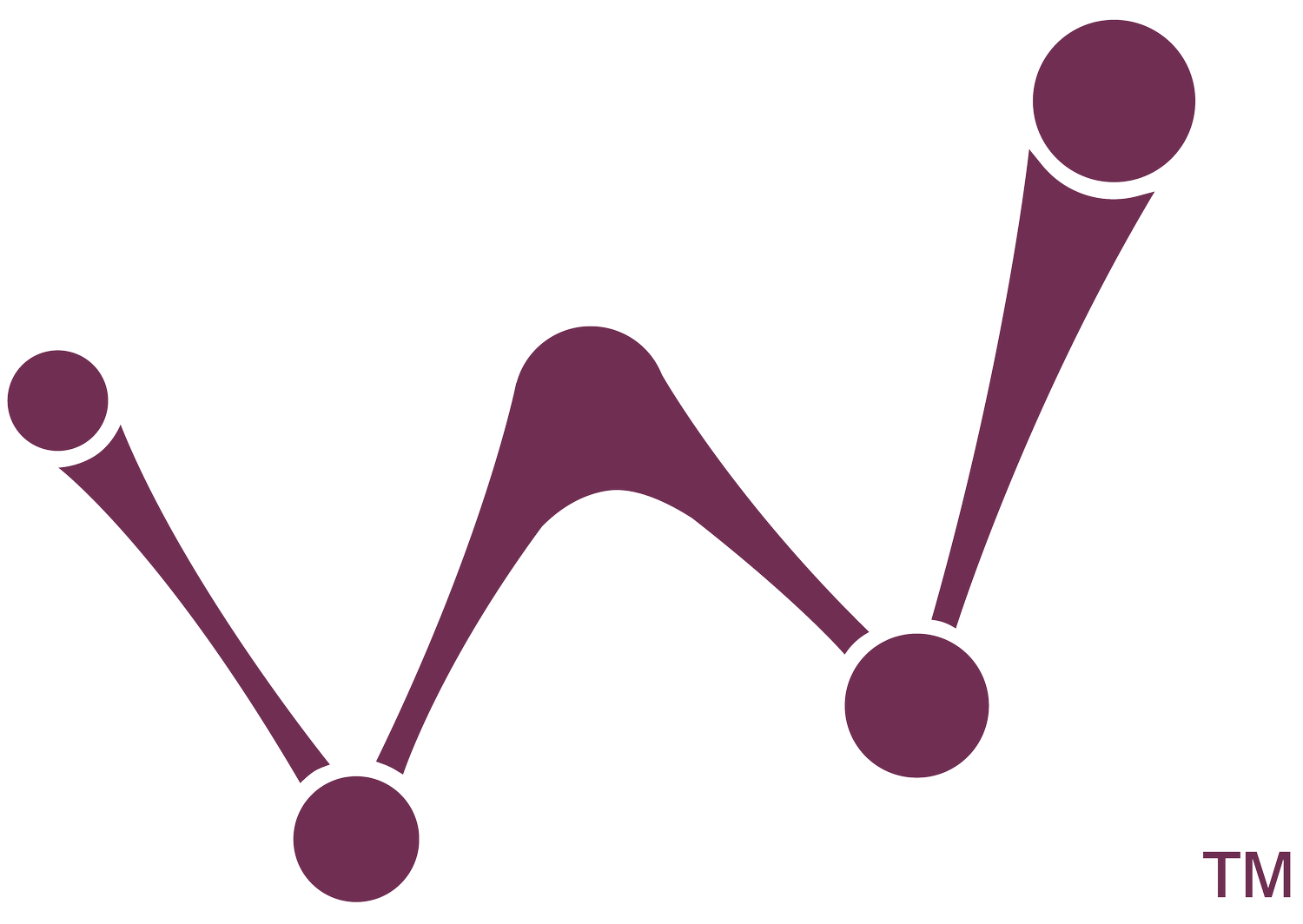Lessons I Learned in Stand-Up Comedy and How they Apply to Data Analytics
By: Avolyn Fisher
I've always been a class clown. Growing up, I was always getting in trouble for talking during class, telling jokes, always trying to make others laugh so they would like me.
Almost two years ago I decided it was time to get serious and sign up for a stand-up comedy class. I figured at the bare minimum, it would supplement my training in public speaking and get me in front of a new audience. I learned several valuable lessons when it comes to developing your stand-up routine and quickly realized how these lessons applied in the world of data analytics.
ALLOW YOUR IDEAS TO EVOLVE
I survived my first stand-up routine without being booed off stage, and got a decent amount of laughs. But one piece of feedback I did receive was that I needed to dig deeper into my jokes. Much of my routine was surface level. Sure, my story was funny and worthy of a few laughs but it would be even funnier if I took my content a step further milking each joke to the fullest extent and taking the audience to new and unexpected places.
The same often applies in data analytics and is often considered the curiosity piece. This is the part of being an analyst where you don't stop at X leads to Y. You dig deeper. How does Y work, why is Y the outcome, what factors are impacting Y, what if we combined Y and Z, how many parts does Y have and what do they consist of, what are the key factors impacting Y, etc. Much of analytics is arriving at an insight or answer and then asking new questions about your insight leading to new answers, and new questions around those answers.
LET YOUR AUDIENCE HELP YOU
The first time I performed I was so nervous that I inserted several jokes into my routine without even realizing it. During one act in particular, I was talking about being flexible comparing myself to McDonald's and letting others have it their way. After the show I had two people come up and tell me that was the most hilarious moment of my routine. I didn't think it was that funny, it was a segue to get me through my routine. But I can't control what my audience will find most funny. I've also had jokes in my routine that I thought were the funniest parts and they received little to no response.
How does this apply to analytics? Well, I try not to crack too many jokes at work, but I notice the same trend when I work on a presentation or project. I often like to invite others to review my content and let me know what sticks out to them ahead of my full presentation. This allows me to gauge what they find most interesting in the data as well as build out my presentation and get a taste of what questions they may have. This allows for a smoother final presentation that is more robust and tailored to what my audience is most interested in hearing about.
FIND YOUR OWN STYLE
In order to stand out, you have to find your own style. The comedy world is particularly sensitive to comics who are too similar to other comedians or tell jokes on subjects that are tired and have been used before. Some comics have even been accused of stealing jokes, even when it happens on accident. Developing your own style and leading with it is going to keep your audience on their toes and interested in what you have to say. In most cases, it was being unique that made a comedian famous and not a starving comedian showing up to every open mic night they could get into.
This is not always as easy as it sounds when it comes to data analytics, and often requires finding a balance. It's important to present your material in a way that is easy to understand by your audience which often depends on their comfort level in working with numbers and their level of understanding when it comes to the material itself. It can also be hard if you're taking over a role from someone else or wanting to change the way information is shared from how it's been shared in the past. But ultimately, finding your own style is the key to falling in love with your job as a data analyst and feeling like you're doing what you love. When you find the sweet spot your style will shine through your work and make you a more effective data analyst.
THE 15 SECOND RULE
The goal of a great comedy routine is to get a laugh every 15 seconds. Your routine needs to move and maintain a high level of engagement and in sticking to the 15 second rule, you'll be sure to keep your audience with you. At first this seems like a lot. If you're doing a 6 minute routine, you need about 24 solid jokes weaved into your story. I use this rule today to gauge whether or not my content is robust enough to test out on an audience.
I would not apply this same 15 second laugh rule to your presentations on data (but that sounds like a fun challenge) I would apply a similar rule in that your content should be packed densely with value. Each chart, graph, or piece of data should be shared intentionally. What you don't want to do is provide a data dump and overwhelm your audience with every aspect of the data you reviewed. Depending on who your audience is, they most likely want to see the highlights and key findings, if they want more information they will follow up and ask. Make sure the data you are sharing is relevant to the points you are trying to make and add value to the overall story you are trying to tell.
These lessons helped immensely as I was beginning to find my voice as a comedian and are equally helpful at work when I'm working as a data analyst.
"Be so good, they can't ignore you." - Steve Martin



